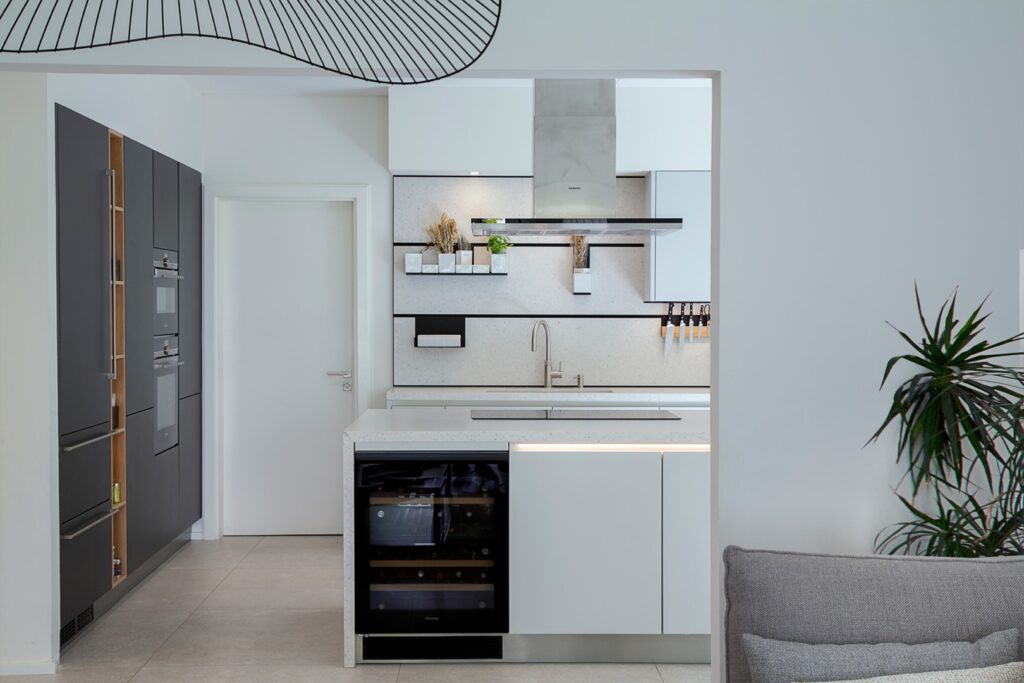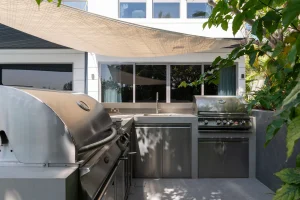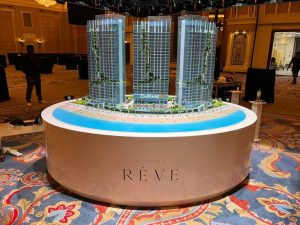How To Choose The Right Backsplash For Your Kitchen

A kitchen backsplash serves both a functional and aesthetic purpose. It protects your walls from splashes and stains while also adding character and style to your kitchen. Choosing the perfect backsplash involves considering a variety of factors. Here’s a guide to help you make the right choice:
Consider your kitchen style:
Start by evaluating the overall style of your kitchen Abu Dhabi. Whether it’s modern, traditional, farmhouse, or eclectic, your backsplash should complement the existing design. For modern kitchens, sleek and minimalist backsplashes may be ideal, while traditional kitchens can benefit from classic tiles or materials.
Materials matter:
Backsplashes come in various materials, each with its own look and feel. Common options include:
Ceramic or porcelain tiles:
These are versatile, durable, and come in a wide range of colors and patterns. They suit various kitchen styles.
Glass tiles:
Glass reflects light, making it a great choice for adding brightness and a contemporary touch to your kitchen.
Subway tiles:
These classic rectangular tiles are timeless and can fit into almost any kitchen design.
Natural stone:
Materials like marble, travertine, and slate offer a luxurious and organic look but may require more maintenance.
Metal tiles:
Stainless steel, copper, or tin tiles can create a unique and industrial appearance.
Peel-and-stick backsplashes:
Ideal for a budget-friendly and DIY solution, these come in various materials and designs.
Color and pattern:
The color and pattern of your backsplash should harmonize with your kitchen’s color scheme. Consider whether you want a backsplash that blends in or stands out as a focal point. Neutral tones are safe choices, but you can also use bold colors or patterns for a statement piece.
Size and layout:
The size of your kitchen and the layout of your countertops and cabinets influence the backsplash design. Large tiles or slabs work well in spacious kitchens, while smaller tiles or mosaic patterns can suit compact spaces. Think about how the backsplash will align with outlets, switches, and other elements.
Maintenance and durability:
Consider how much maintenance you’re willing to invest in. Natural stones may require regular sealing, while ceramic and porcelain tiles are low-maintenance. In areas prone to grease and splatters, opt for easy-to-clean materials.




